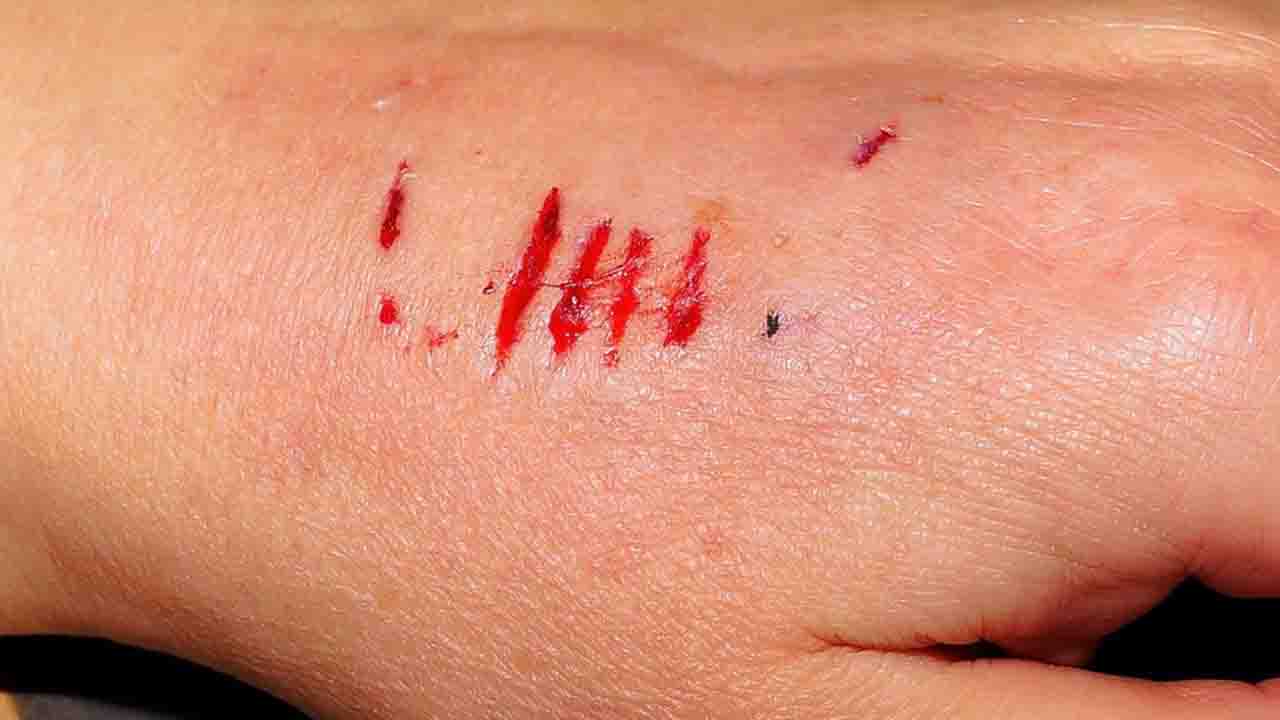Health & Medicine, UK (Commonwealth Union) – Bioactive glasses are a group of surface-reactive glass-ceramic biomaterials that have been shown to bond to bone and stimulate new bone growth. They are made of silicate-based materials that are compatible with the human body and are degradable in body fluids.
The first bioactive glass, known as 45S5, was developed in the 1960s by a team of scientists led by Larry Hench at the University of Florida. 45S5 is a composition of 45% SiO2, 25% Na2O, 25% CaO, and 5% P2O5. It has a high solubility in body fluids, which allows it to form a calcium phosphate layer on its surface. This layer is similar to the mineral phase of bone, and it provides a strong bond between the glass and the surrounding bone tissue.
Bioactive glasses have been used in a variety of medical applications, such as Bone repair and regeneration, Dental implants.
They are particularly well-suited for applications where there is a need for strong bonding to bone tissue. For example, bioactive glasses have been used to repair bone defects in the spine and to replace missing teeth. They are also being investigated for use in drug delivery applications, where they could be used to deliver therapeutic agents directly to bone tissue.
Scientists from the University of Birmingham have shown that silver retains antimicrobial actions for lengthier periods when infused into ‘bioactive glass’, it was demonstrated for the 1st time, the way this encouraging combination brings in more long-lasting antimicrobial wound protection as opposed to the usual alternatives.
Silver was long recognized for its ability to block or lower the growth of biofilms for open wounds, as well as silver-based treatments which are growing in popularity as they have a positive outcome against a lot of antibiotic-resistant strains of bacteria. These antimicrobial properties have their reliance on silver keeping to an ionic form so it is capable of going through bacterial cell walls as well as disrupting their life cycle, however, the silver ions or nanoparticles in wound dressings are vulnerable to changing into silver sulphide or silver chloride, which are capable of lowering antimicrobial activity and block to positive outcomes of treatment as indicated by scientists.
The scientists evaluated the impacts of bioactive glass doped with ionic silver on biofilms produced from Pseudomonas aeruginosa, a multi-drug resistant bacterium that easily builds up in biofilms and is a common reason for infection in chronic wounds.
The findings appeared in the journal Biofilm, displayed that specific preparation, storage and application methods to lower the transformation of silver ions to silver chloride while keeping the antimicrobial activity. The scientists engaged in the study published in Biofilms are microbiology researcher Dr Sarah A. Kuehne, biomaterials expert Dr Gowsihan Poologasundarampillai and multidisciplinary PhD student Sandeep Shirgill from the University of Birmingham’s School of Dentistry, Dr Sara Jabbari from the School of Mathematics and Dr John Ward from Loughborough University’s Department of Mathematic Sciences.
The University of Birmingham researchers consist of considerable background in bioactive glass, which is right now utilized as a bioactive degradable graft material. For this method, the critical features of bioactive glass are its fibrous form that provides a 3D porous structure that is potent, and packable and the diameter and density of the glass fibres for backing tissue growth.
The scientist was looking forward to engaging with companies that would be interested in joining hands or co-develop items used in dental surgery or wound care.
Post-doctoral researcher Dr Sam Moxon, who carries out activities with the Birmingham team, has been evaluating the utilization of these innovative materials in dental surgery together with wound care. He recently finished an Innovate UK-funded programme known as ICURe (Innovation to Commercialisation of University Research) and the team is presently focusing on moving ahead with the material for clinical approval.








